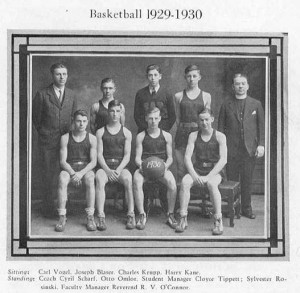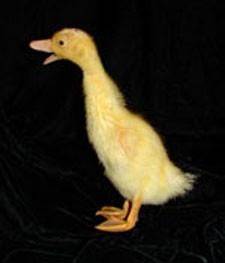
Randy Ingermanson’s Snowflake Method makes writing light as a feather. Or at least lays it out in black and white.
Writing the book, and writing the next book, can so easily get lost in the process of self publishing. I am constantly trying to stay current in the writing world, and one piece of advice I gleaned from a teaching author was to continue to study my craft. Keep learning about writing. So I joined Willamette Writers and was delighted to listen to Randy Ingermanson at one of the Willamette Writers meetings in 2011.
Randy Ingermanson wrote Writing Fiction for Dummies, among other books, and he was talking about his patented Snowflake Method. I’d never heard of the Snowflake Method before and it hit me ‘tween the eyes like a well-received plank of brilliant break-through. I’d just rolled up my sleeves and resurrected the Outline… effective, yet somewhat grueling.
Randy’s Snowflake Method is better. It’s a way of approaching story design, planning, forethought – working it out true to the rules of storytelling (beginning middle end, characters who live and breathe, scenes that make sense) while at the same time accomplishing the things that a book must have (one sentence summary, one paragraph summary, a plan…) and it’s a step by step, encouraging, hand-holding method.
He made some software and I bought it and I’m using it. Plus Randy’s website is fun to navigate and FULL of resources.
I made my publisher pay for the software and the Willamette Writer dues.
Which was pretty satisfying until I remembered that my publisher was me.










